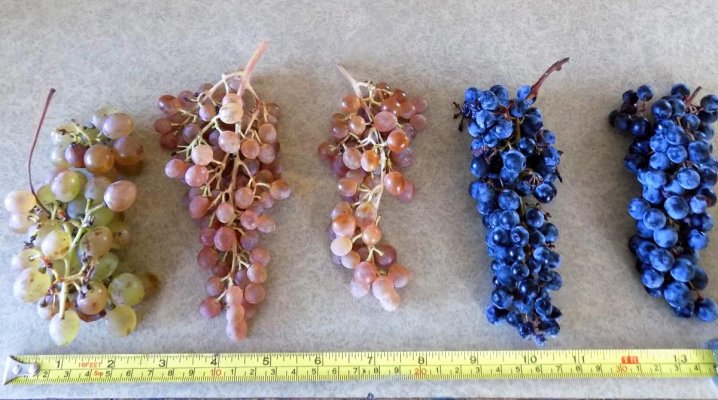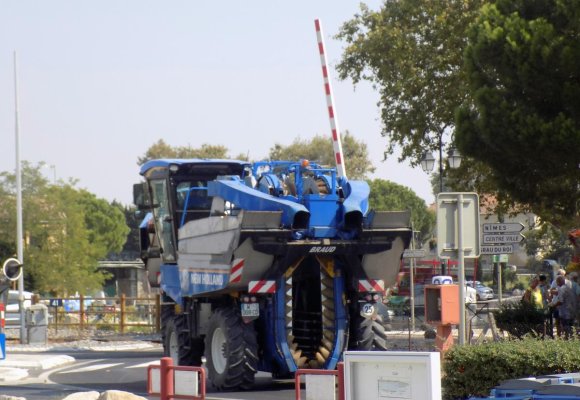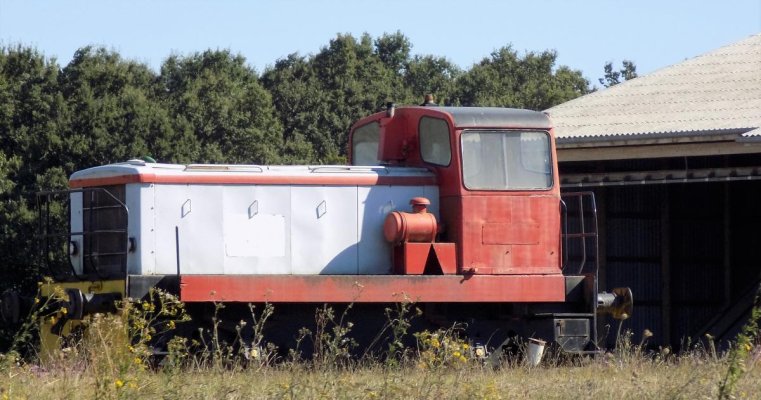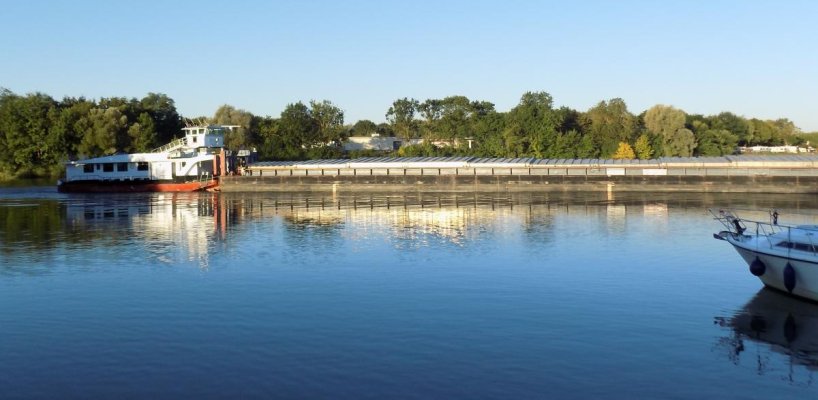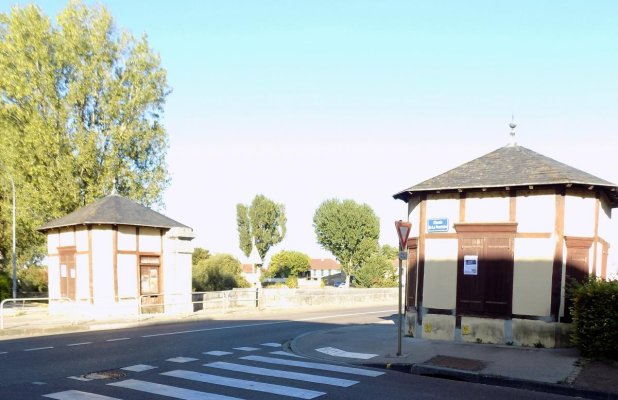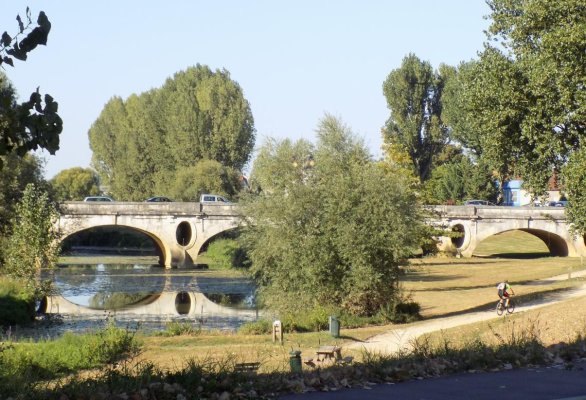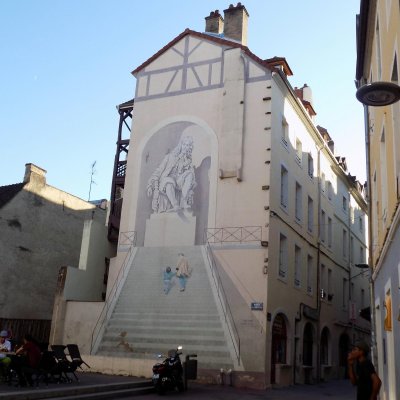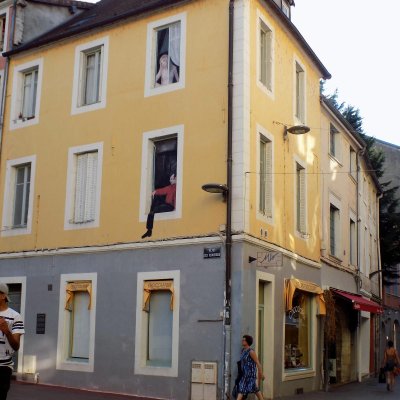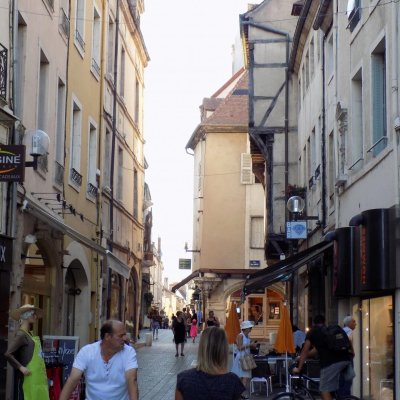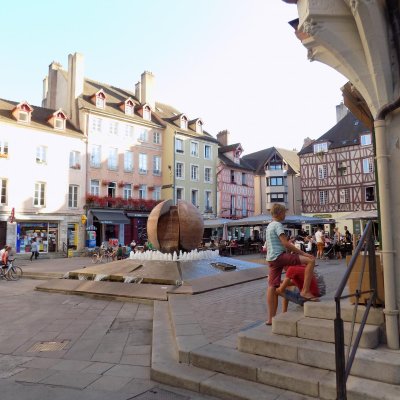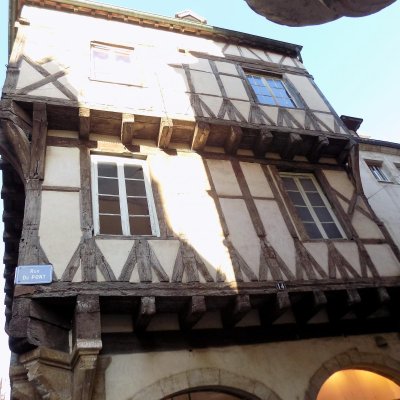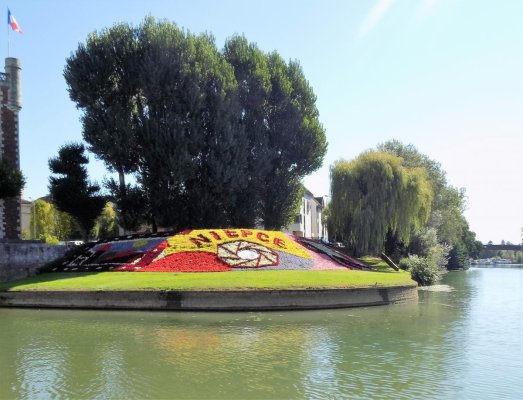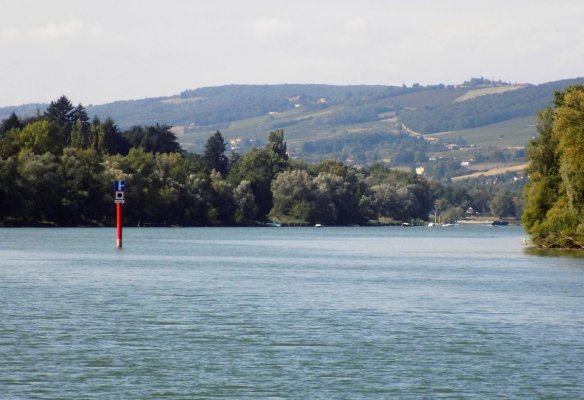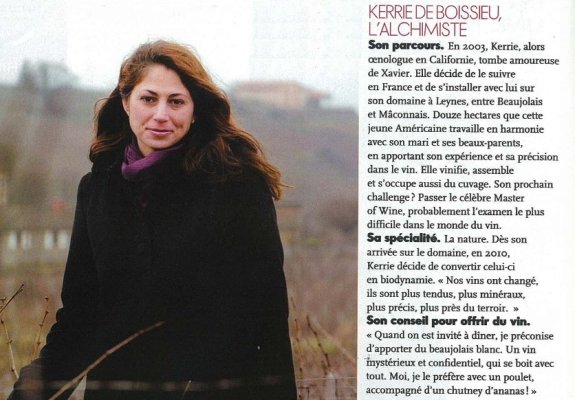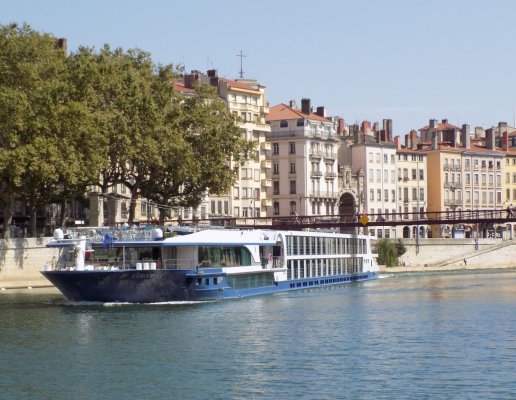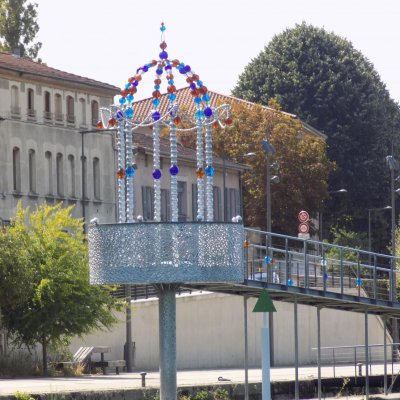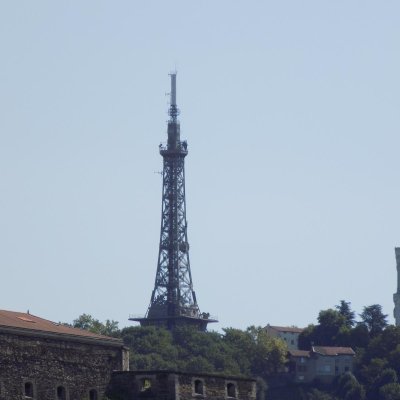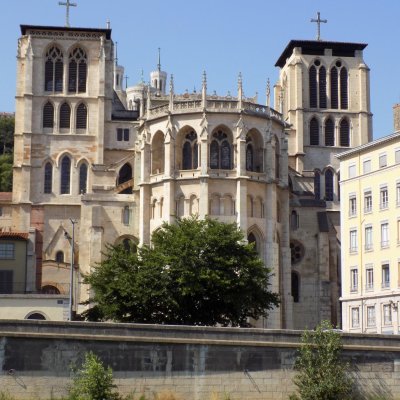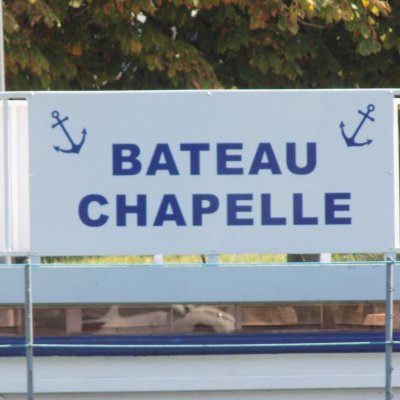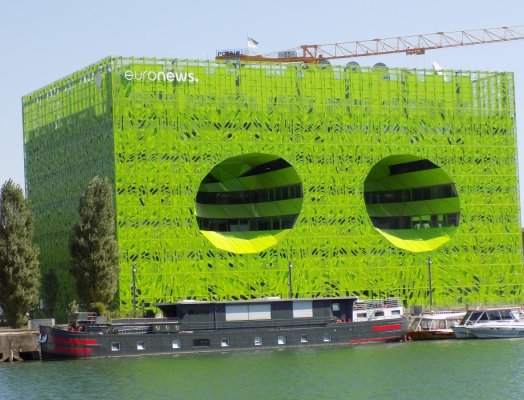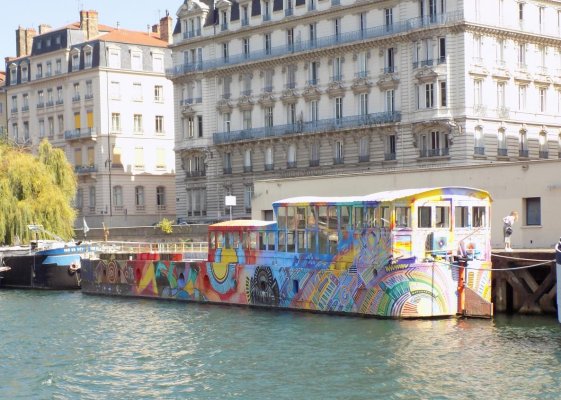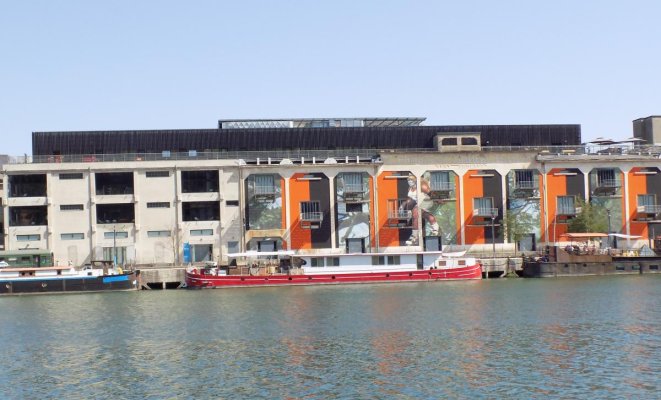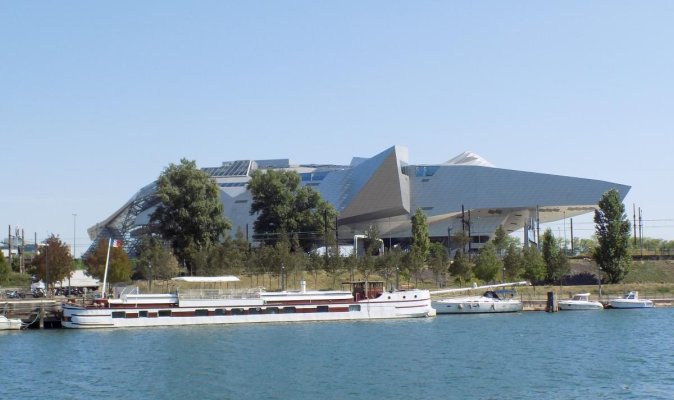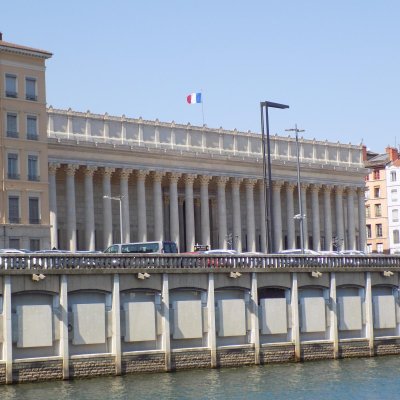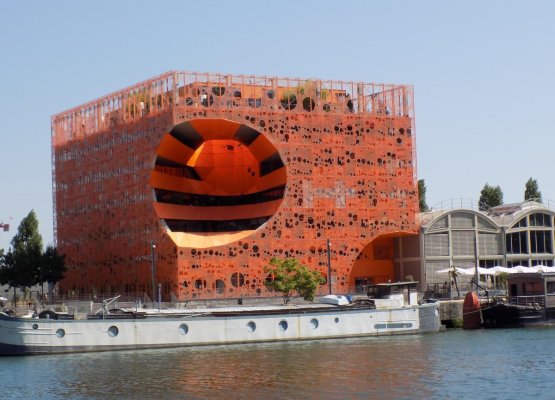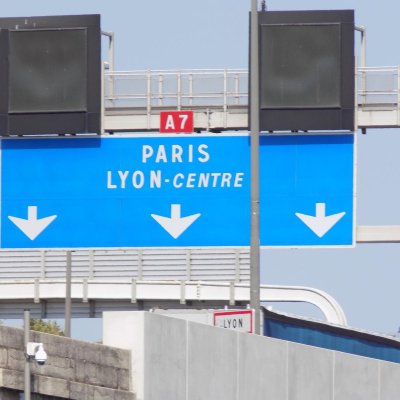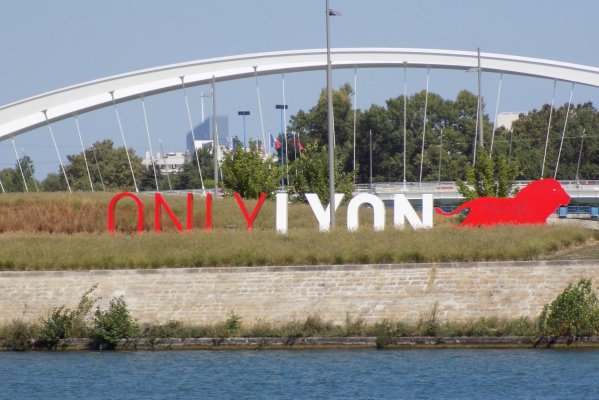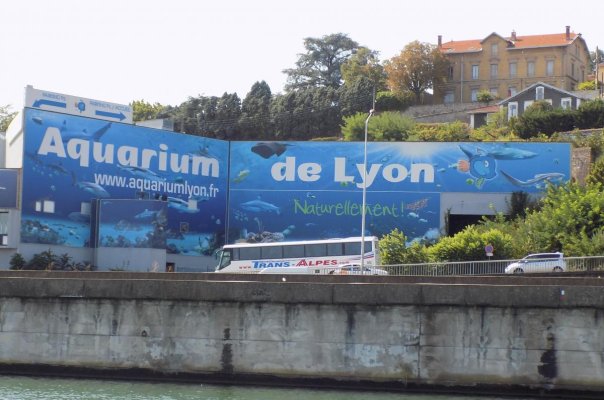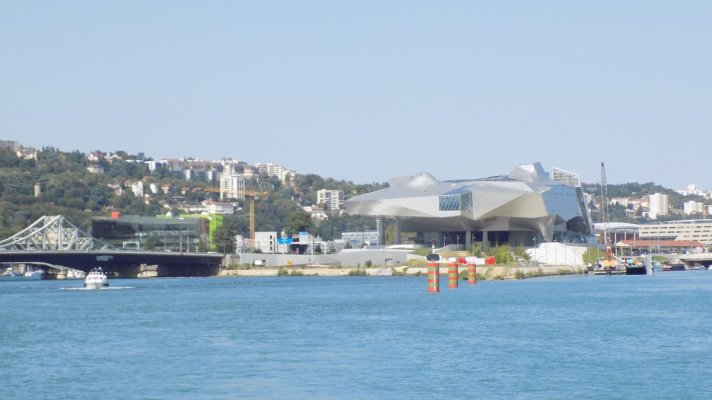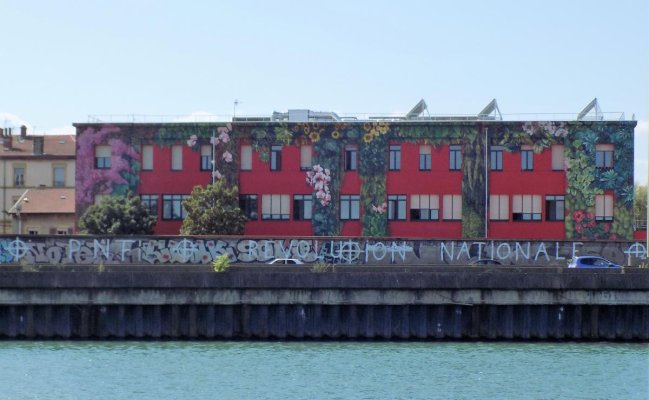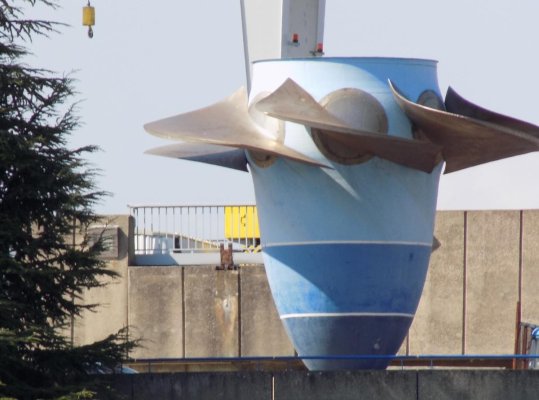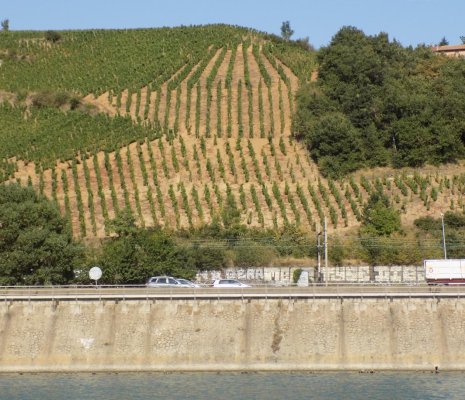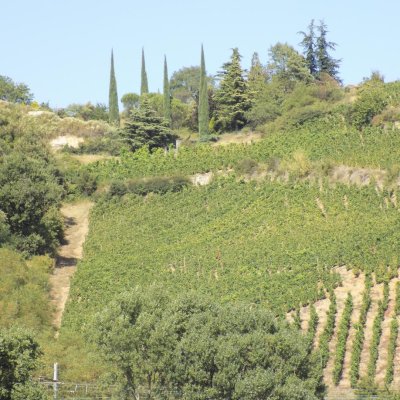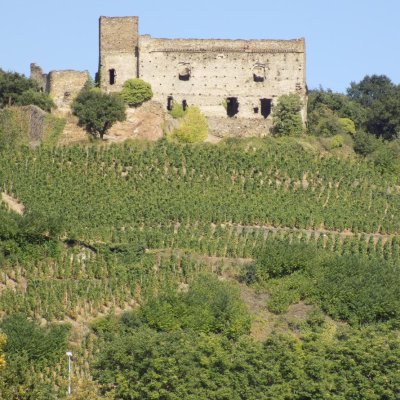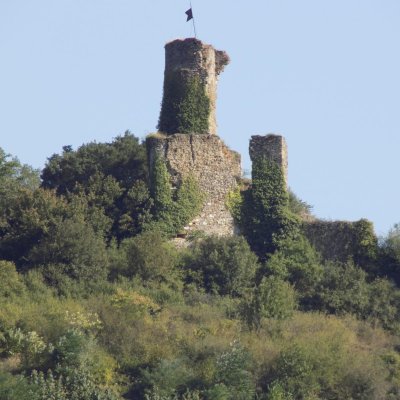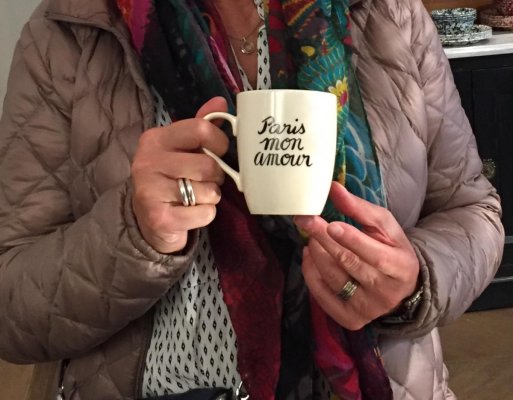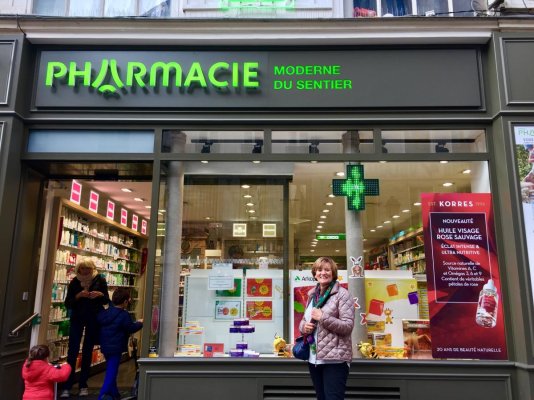Irish Rambler
Guru
- Joined
- Apr 29, 2014
- Messages
- 1,733
- Location
- FRANCE
- Vessel Name
- 'Snow Mouse.'
- Vessel Make
- BROOM FLYBRIDGE 42.
During the canal building frenzy in Europe in the mid/late 1800's France had 3 main barging centres, Conflans St Honorine just North of Paris. The banks of the river Seine from there to Paris is lined with ex working barges now used as live a boards because of the exorbitant house prices in Paris, some tastefully renovated and others a rusting eyesore.
St Mammes to the South of Paris still has a few old barges working and an odd live a board but not to the same extent as the river Seine.
St John des Losne in the South on the river Saone also has a few old barges but most are kept in good repair.
Sadly these ports are hardly used for freight anymore, with the rise in pleasure boating these ports have found a second life to support them, St John des Losne is a pretty market town with several hire boat companies based there as well as private marina's who also sell boats.
One such is a company called H20, there have been many tales of boat owners 'issues' both selling a boat through them and disgruntled buyers. Be very careful if you wish to do business with them, better still give them a wide berth.
Another 'gentleman' who has a boat sales business on the canal du Midi at Villeneuve de Beziers is called Berend Goosens. Caveat Emptor. Don't get caught.
Wines from this region are generically called Cotes de Nuits, going a little South it becomes the Cote de Buene.
The grapes most suited to this region are Pinot noir, Merlot, Syrah, Grenache and Chardonnay. Because a grape is a natural plant they are affected by nature's weather cycles like all plants and of course individual grape tastes vary. Which is why all of them are blended by the sommeliers to maintain consistency.
Virtually all wines are best drunk young within 4 years and only a few suitable for laying down.
I've tasted some wines that had been laid down for many years and frankly they were horrible but to save the owners pride I simply said it was a rare and interesting experience.
You can have a very good wine around 10 to 15 Euro's and anything above that is not worth the money as it's priced either due to it's small production or fancy packaging.
Many vines can grow up to a hundred yours old and as our tastes change so the vine variety's need to change to reflect this, the fact that more people are drinking wine, once the prerogative of the rich.. France, once the wine growing capital of the world with 350 million hectares has to react to successes of the Australian, South African and Chilean wines and is now giving grants to vintners to rip out old vines and replace them with modern disease resistant types more suited to modern methods.
St Mammes to the South of Paris still has a few old barges working and an odd live a board but not to the same extent as the river Seine.
St John des Losne in the South on the river Saone also has a few old barges but most are kept in good repair.
Sadly these ports are hardly used for freight anymore, with the rise in pleasure boating these ports have found a second life to support them, St John des Losne is a pretty market town with several hire boat companies based there as well as private marina's who also sell boats.
One such is a company called H20, there have been many tales of boat owners 'issues' both selling a boat through them and disgruntled buyers. Be very careful if you wish to do business with them, better still give them a wide berth.
Another 'gentleman' who has a boat sales business on the canal du Midi at Villeneuve de Beziers is called Berend Goosens. Caveat Emptor. Don't get caught.
Wines from this region are generically called Cotes de Nuits, going a little South it becomes the Cote de Buene.
The grapes most suited to this region are Pinot noir, Merlot, Syrah, Grenache and Chardonnay. Because a grape is a natural plant they are affected by nature's weather cycles like all plants and of course individual grape tastes vary. Which is why all of them are blended by the sommeliers to maintain consistency.
Virtually all wines are best drunk young within 4 years and only a few suitable for laying down.
I've tasted some wines that had been laid down for many years and frankly they were horrible but to save the owners pride I simply said it was a rare and interesting experience.
You can have a very good wine around 10 to 15 Euro's and anything above that is not worth the money as it's priced either due to it's small production or fancy packaging.
Many vines can grow up to a hundred yours old and as our tastes change so the vine variety's need to change to reflect this, the fact that more people are drinking wine, once the prerogative of the rich.. France, once the wine growing capital of the world with 350 million hectares has to react to successes of the Australian, South African and Chilean wines and is now giving grants to vintners to rip out old vines and replace them with modern disease resistant types more suited to modern methods.
Last edited:

![Francelg[1].gif](/data/attachments/52/52421-8e9d650399de8bc304f822807e3ac9e9.jpg)

